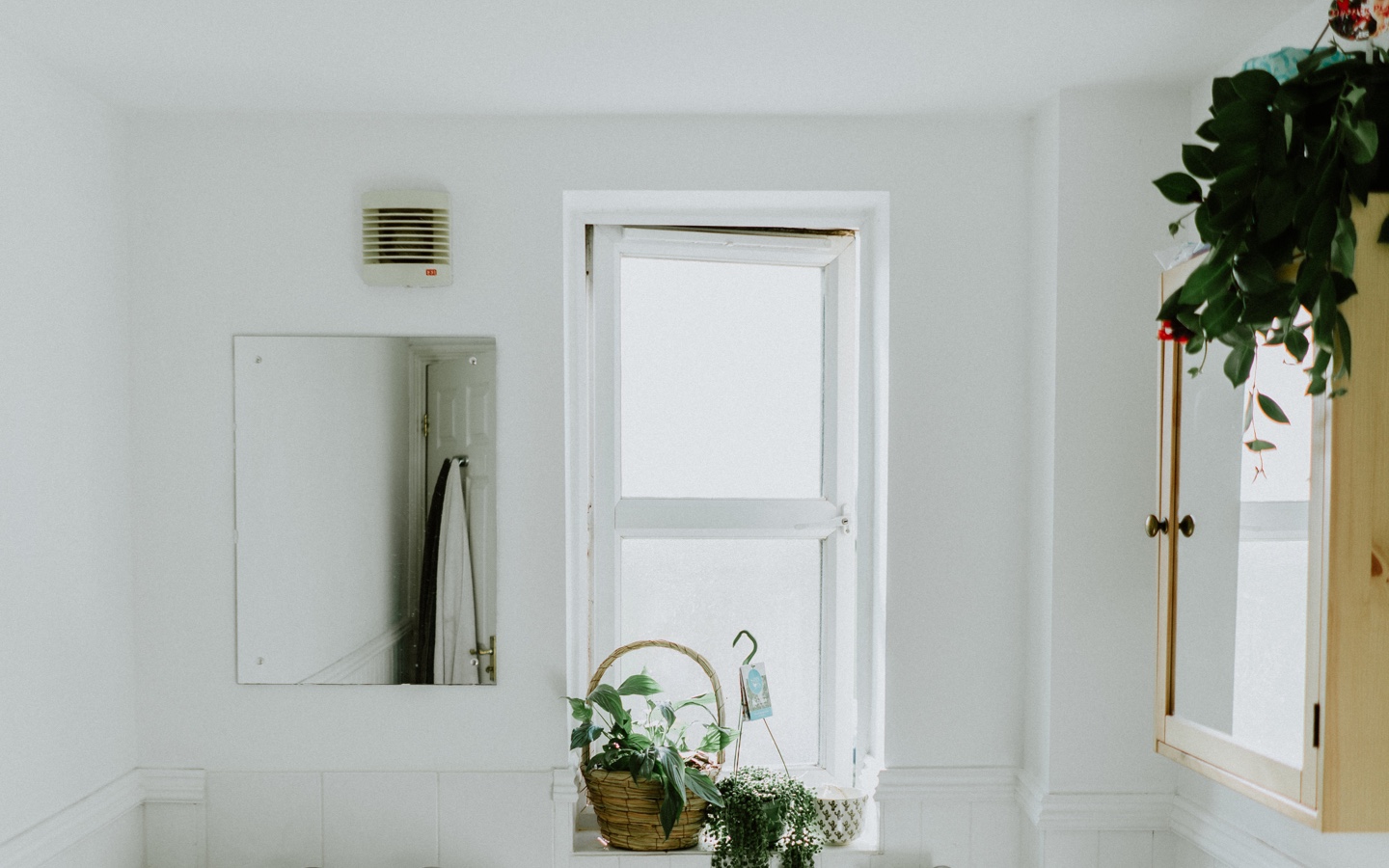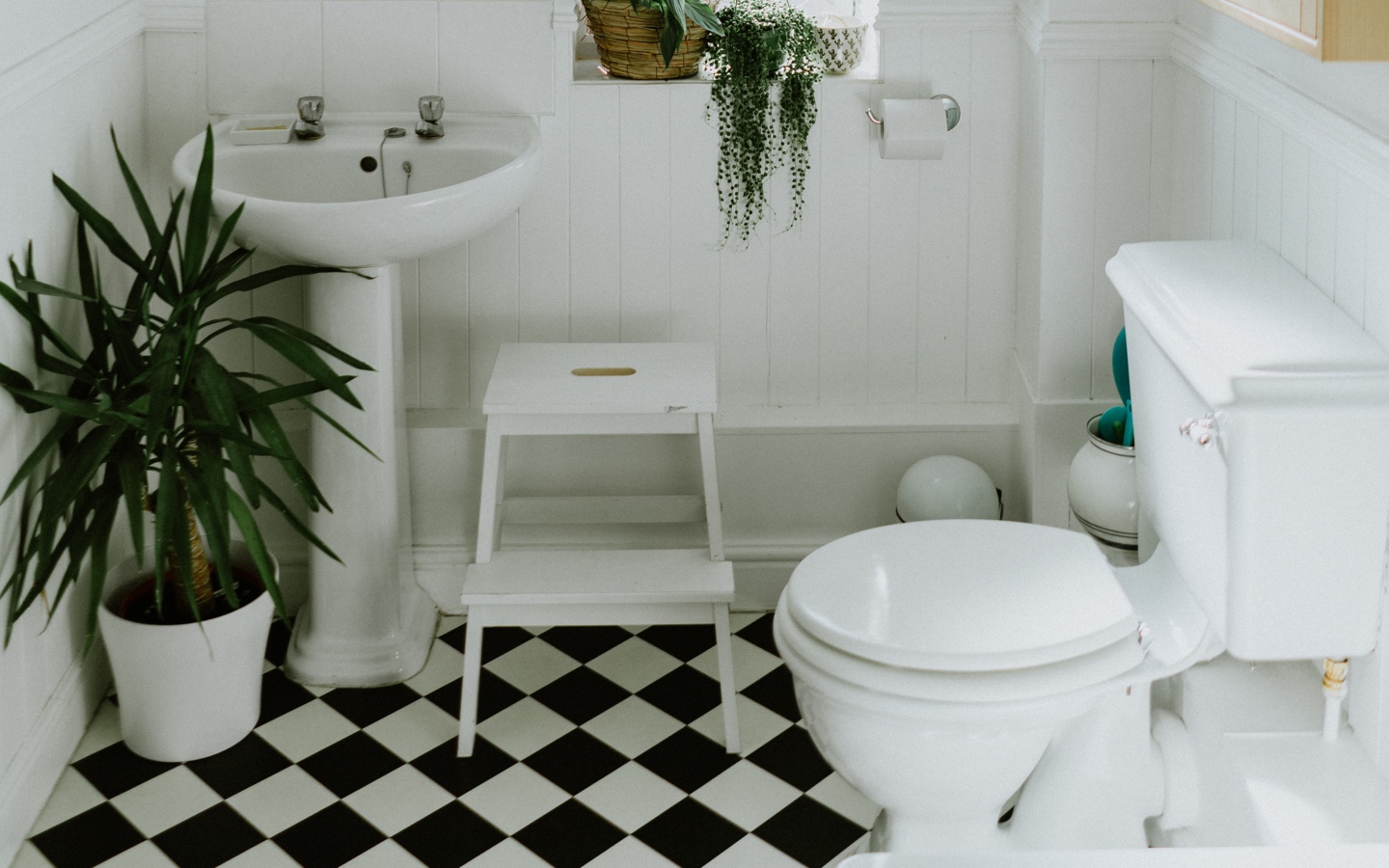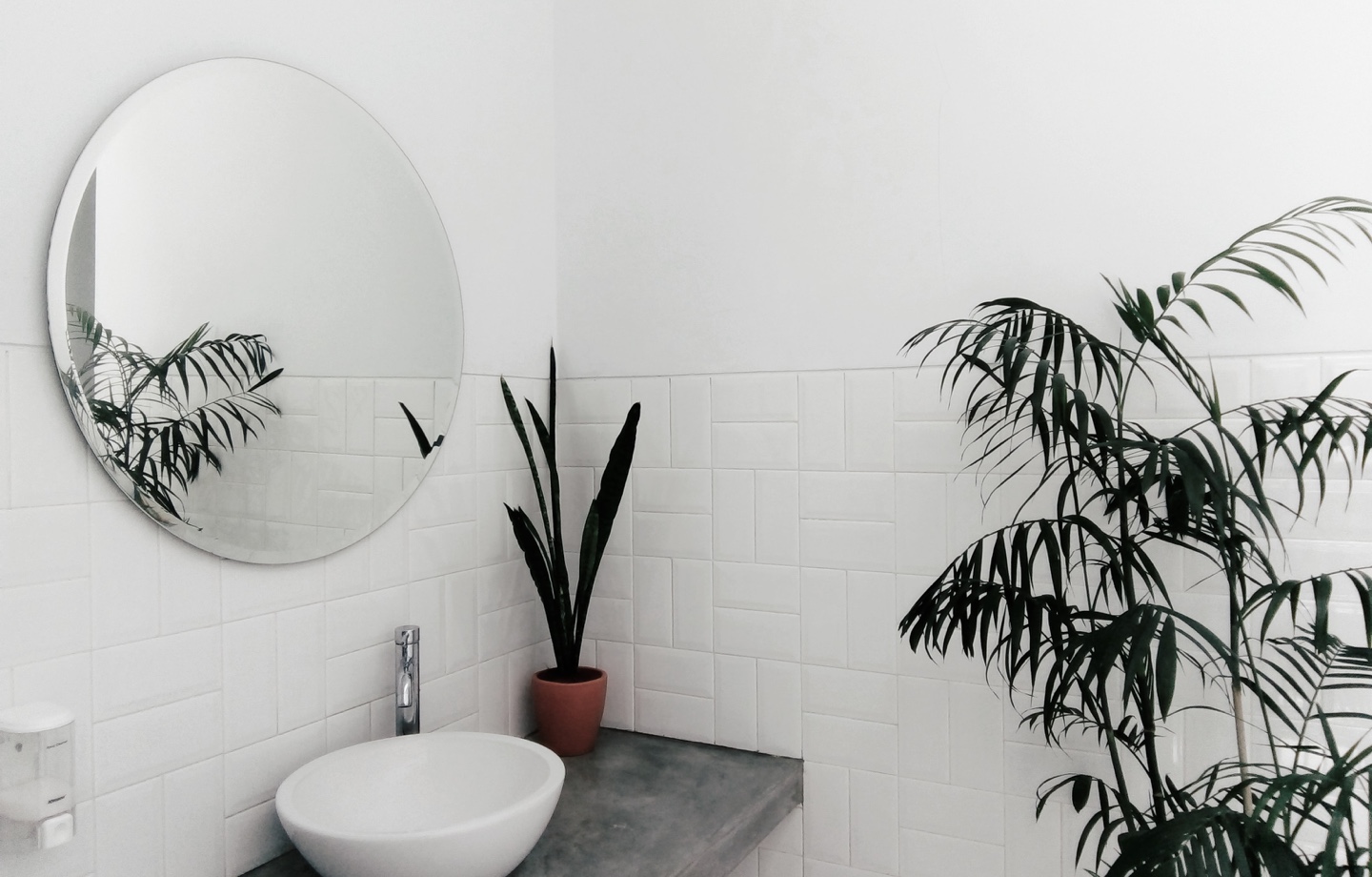With nationwide TP shortages, it’s time to talk about how bidets are the most effective — and sustainable — way to clean back there.
We’re facing an economic reality in this country that we’ve never experienced in our lifetimes. More than 30 million people have filed for unemployment since Covid-19 started its exponential spread, and many industries are taking a huge hit.
A few, however, are thriving. Toilet paper startups like Who Gives a Crap have seen record-breaking sales. A spree of toilet paper panic-buying has led to supply chain issues and stores can’t seem to keep up. While household demand for toilet paper has surged, commercial demand, surprisingly, hasn’t died down that much, and manufacturers are struggling to adjust their production volume.
Ironically, naturally, and miraculously, all of this has culminated in the boom of the bidet.
After centuries of use in Europe, bidets are finally making their way into mainstream American lives, as grocery stores in many areas continue to struggle with the bizarre demand for their paper goods.
What Is a Bidet?
In the 1700s, the French got the wise idea to create a bathroom appliance just for washing off after you go to the bathroom. This device was called a bidet, which in French translates to
That’s right — the butt-rinsing, poo spraying pony was born.
In those days though, the bidet lacked pressurization, so it was usually just a porcelain bowl of water mounted on a chair, with a nearby apparatus for splashing the water onto your private parts.
At first, bidets were only popular among the French elite, such as aristocrats and politicians. Encrusted with jewels and entirely too ornate for their utilitarian purpose, bidets were associated with the high class and other-worldly derriere hygiene.

Photo by Phil Hearing on Unsplash
Since then, the bidet has evolved from stand-alone porcelain appliances into attachable options that can be mounted to standard toilets. Bidets have spread throughout parts of Europe, Asia, South America, and the Middle East, but have always been notably absent in American bathrooms. In Japan, as many as 80 percent of homes use a bidet (many complete with toilet seat warmers to boot).
But why has America never been into it?
Some speculate it has something to do with our puritanical beginnings. For many Americans, their first introduction to bidets occurred for WWII soldiers who experienced them in European brothels. The stigma attached to bidets remarkably has more to do with association than with their practical use.
How TP Shortages Made the Bidet the Star of the Show
When Tushy founder Miki Agrawal started her company, she didn’t have much to go on. The bidet wasn’t catching on in the U.S. — but she was over what toilet paper was doing to people’s butts.
“That area of our body is critical to our health and happiness and yet we don’t properly take care of it because it’s a taboo area,” says Agrawal.
Frustrated and personally invested in the fight for cleaner bums, she took her idea to a VC meeting. To her surprise, she got $400k in funding.
“It’s been an incredible ride thus far,” says Agrawal.
“Tushy has helped save millions of trees from getting flushed down the toilet as well as millions of gallons of water to make the toilet paper.”
In the wake of TP shortages, Agrawal reports her company has seen astonishing, record-breaking sales. In a single day, they sold $1 million in bidets, with sales spiking and stabilizing to around 10 times what they were projecting for 2020.
As the orders continue to roll in, Agrawal is optimistic that this is the bidet’s time to shine.
“The biggest challenge has been breaking through the cultural stigma in the U.S.” she says. “While this could be the tipping point that finally gets Americans to adopt the bidet, Tushy has been saying since 2015 that modern, affordable, and easy-to-use bidets will replace toilet paper and that Tushy was going to be the brand to make bidets mainstream in America.”
The Environmental Footprint of TP
Ironically, bidets are creating a wave of environmental change purely by supply and demand. It turns out that toilet paper is pretty unsustainable.
While toilet paper made from recycled materials is much more eco-friendly than conventional brands, the average roll of toilet paper is not. According to Bidet.org, it takes somewhere between 12-37 gallons of water to produce one single roll of toilet paper.
Additionally, when you wipe with TP, you have to use more water to flush. Toilet paper requires up to an extra 25 gallons of water per day, just to flush it down the toilet.
If you’re buying toilet paper that isn’t made from recycled paper, the environmental price is even higher. It’s estimated that toilet paper production takes out about 27,000 trees per day to keep up with demand, removing 648 tons of carbon sequestration potential from our planet.
In short, we’re literally wiping our bums with a precious resource — and flushing it down the toilet.

Photo by Phil Hearing on Unsplash
Bidets Might Be Better for Your Butt
It makes no sense that bidets aren’t a thing in the U.S. Bidets offer a more functional and hygienic way to clean your derriere by rinsing the area.
Simply put, bidets are more hygienic, less irritating to your sensitive nether regions, and they could save millions of trees.
The Modern Space-Saving Bidet — Meet Tushy
When I first found Tushy, it was before their post-toilet paper shortage rise to fame. They were still relatively small and putting out some of the most hilarious ads I’d ever seen.
Now Tushy is the talk of the town.
What began as a humble startup is realizing it’s now on the brink of a bum-cleaning revolution in the country.
Their practical design certainly helps. Tushy makes bidets designed to clip onto an existing toilet. You simply connect it to your water supply line, attach to your toilet, sit down, and automatically adjust the angle of the nozzle until you’re satisfied. The standard model shoots out cold water, and the spa version has a warmer setting for your bourgie comfort.
It takes 37.5 gallons of water to make one roll of toilet paper. Comparatively, Tushy uses about 54.2 fewer gallons of water per week than toilet paper for the average butt-wiping household.
What’s really amazing about Tushy is their mission. They’re determined to provide access to sanitation facilities, like public toilets, in places like India, where poor sanitation is the root cause of many mortality problems, including the polio pandemic.
How Do You Use a Bidet?
Tushy was kind enough to send me one of their bidets to try, along with samples of their toilet paper, portable washer, and cloths. How fun is this job?
Bidet installation was a breeze. But I had an immediate concern: How am I supposed to dry?
Do I hover over the toilet and shake my booty until I feel air-dried enough to pull up my panties? Do I sit there a little longer on my phone and scroll Instagram?
It turns out, this is a common thing for seasoned bidet owners too, and it comes down to what’s preferable for you.
If you have the time, Tushy says, shake, jiggle, and air dry. (Some fancier bidets include a light blow-dry.) Some people choose to use washcloths to pat dry, and others might use a small amount of toilet paper to take care of any residual water. It’s still far less TP than you’d use if you did all of the cleaning that way, and if you’re in a hurry, it gets you out the door faster.
But here’s the million-dollar question: does it get your bum clean?
At first, no, mine didn’t, because I didn’t have it positioned properly. Once I moved the bidet forward, it started working perfectly.
The issue of drying is a simple one, and I think it really depends on how much water you use, and your comfort level with a damp butt.
Some surface moisture doesn’t annoy me unless I’m wearing something really tight, like leggings. In cases where I was still in my running clothes, I grabbed one of the bamboo towels Tushy sent me, patted dry, and placed it in a basket by my toilet.
Using a bidet is more of a practice in confidence than anything else. You have to let go of this idea that toilet paper is getting your butt clean (because it isn’t), and then trust that this tiny water gun in your toilet isn’t going to harm you.
Do you have a bidet? Would you ever try one? Tell us what you think of them on Facebook or Instagram, and tag us in the post! @AvocadoMattress

Shop Pillows
The Essential Organic Pillow Collection
Gentle, breathable, non-toxic support.






